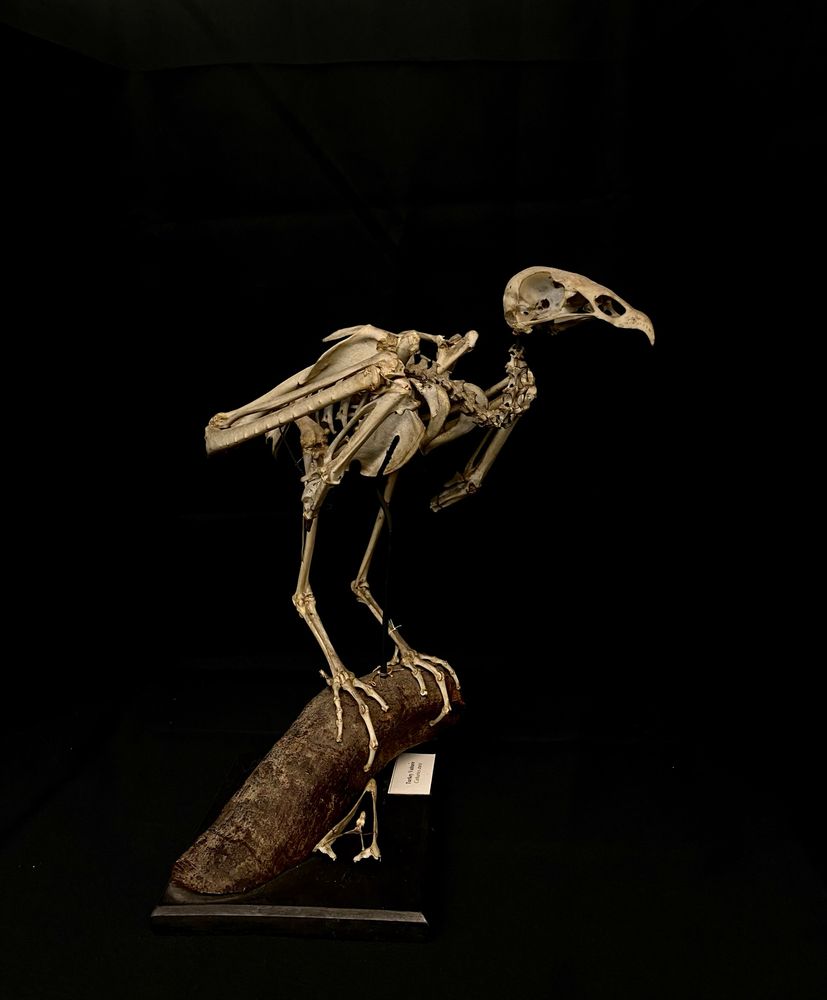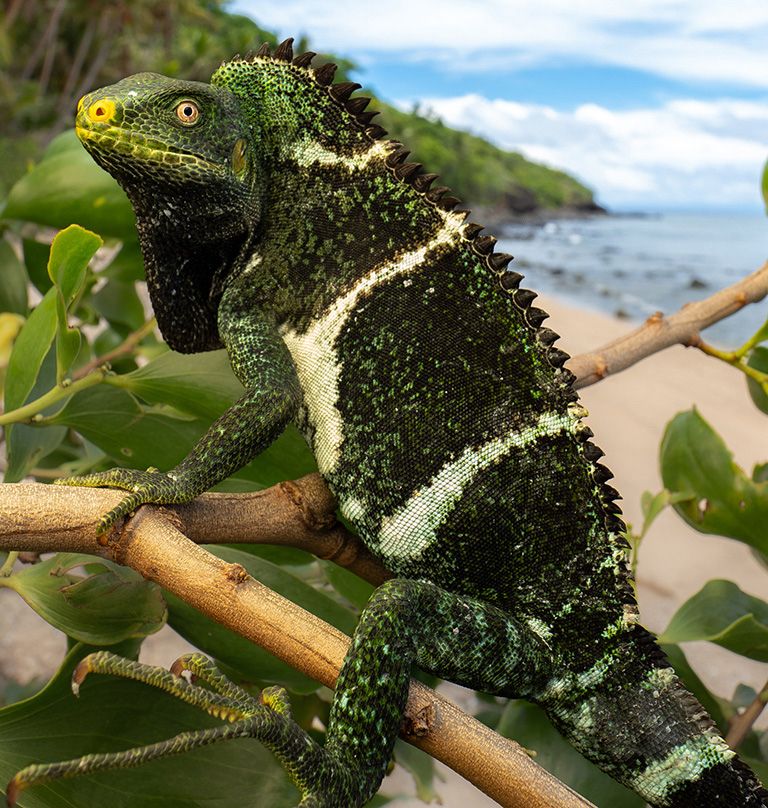Museum of Vertebrate Zoology, University of California-Berkeley
@mvzucb.bsky.social
110 followers
24 following
23 posts
The Museum of Vertebrate Zoology (MVZ) at the University of California, Berkeley, is a center for research and education in the biology of vertebrates– fish, amphibians, reptiles, birds, and mammals. https://mvz.berkeley.edu/
Posts
Media
Videos
Starter Packs
Reposted by Museum of Vertebrate Zoology, University of California-Berkeley
Reposted by Museum of Vertebrate Zoology, University of California-Berkeley
Reposted by Museum of Vertebrate Zoology, University of California-Berkeley
Reposted by Museum of Vertebrate Zoology, University of California-Berkeley
Noah Whiteman
@nkwhiteman.bsky.social
· Feb 18
































